
India Research Press

63 books

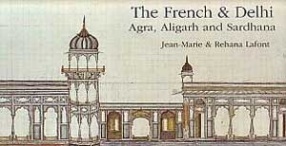
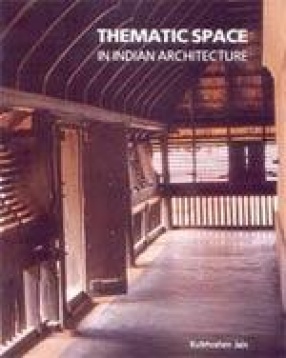
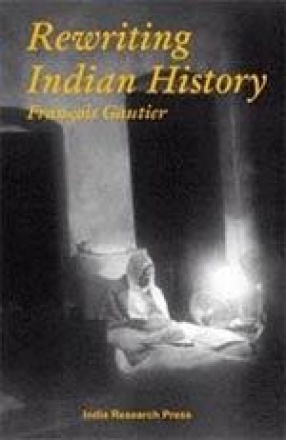
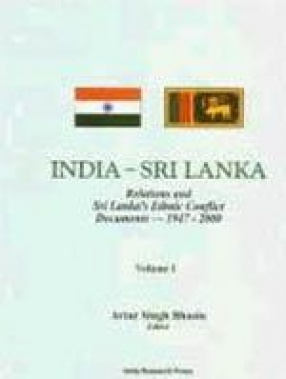
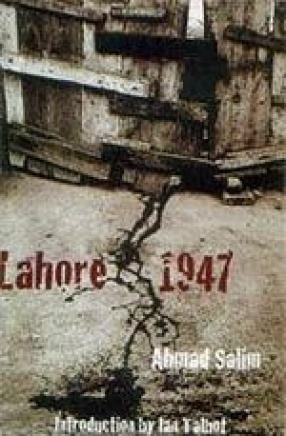

Reshma is Rajwali's driving force. Even after years of their marriage, his love for her still shines as bright as it did on the very first day. Together they have a son, Qamroo, who embodies all the love that flows between them and their family. Living in the beautiful valleys of Kashmir, the young shepherds with hundreds of sheep and goat embark on an annual sojourn to the higher reaches. At the beginning of autumn, when the meadows are drained of life, they ...
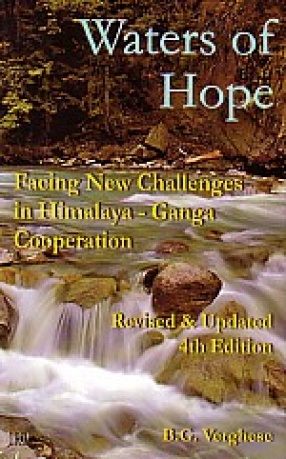

This collection deals with the French who lived in India between 1550 and 1857, sharing their know-how and skills with the Indian states they served. The first volume concerns Delhi and Agra, capitals of the Mughal Empire and some principalities like Gohad, Bharatpur (Jats), Aligarh (Marathas and Sindhia), and Sardhana (Colonel and Begum Sumroo), which became independent when the empire started disintegrating in the eighteenth century.These Frenchman loved ...
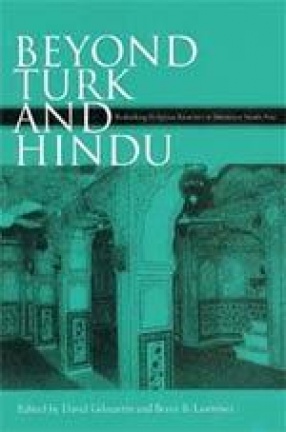
This collection challenges the popular presumption that Muslims and Hindus are irreconcilably different groups, inevitably conflicting with each other. Invoking a new vocabulary that depicts a neglected substratum of Muslim-Hindu commonality, the contributors demonstrate how Indic and Islamicat world views overlap and often converge in the premodern history of South Asia. The term Islamicate refers to the broad expanse of Africa and Asia influenced by Muslim ...
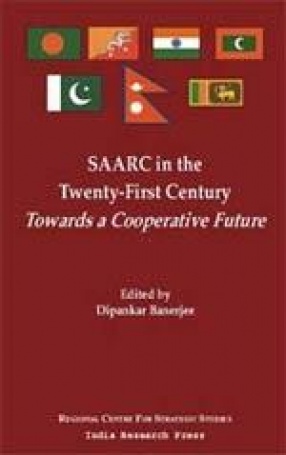
SAARC is the only regional organisation for South Asia. If regional cooperation is the key to future progress and prosperity it is imperative that this institution be strengthened. From its mid teen years, SAARC is now poised to arrive at maturity in the new millennia. How should it shape itself in the future? First, is the need for a shared vision. What should be done to develop a common vision that is shared by all its constituents? How should we best harmonise ...

Thematic Space in Indian Architecture represents an attemptto understand th spatial order that apparently runs right across the enormous spectrum of building types in India. This spatial order seems to emerge more from its own meanings rather than the specificity of any function. This very ambiguity creates a range od spaces that are similar in form and yet diverse in character. An effort to understand space in Indian architecture can draw on the simple and ...
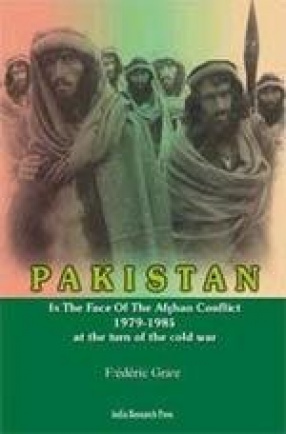
It is paradoxical that though the Afghan conflict has inspired a great deal of writing little is known about its regional dimension. The first act—and also its symbol—in what some have described as a ‘new cold war’, it has often been viewed through the sole, misleading prism of the ideological confrontation, which formed the edifice of international relations till the collapse, towards the end of 1991, of the Soviet Empire. Pakistan played a special, and ...
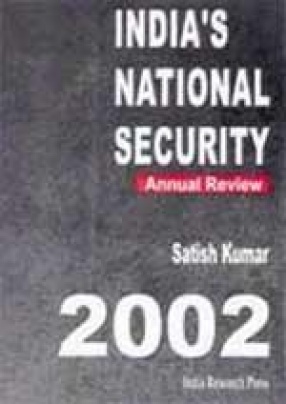
This is the second volume in the series lndia's National Security Annual Review. The series was launched in September 2000 with a view to making an annual assessment of India's national security taking into account political, military, economic, and technological challenges, and multiple threats to internal security. The importance of the series has been vindicated by the highly positive response given to the first volume by members of the security community in ...
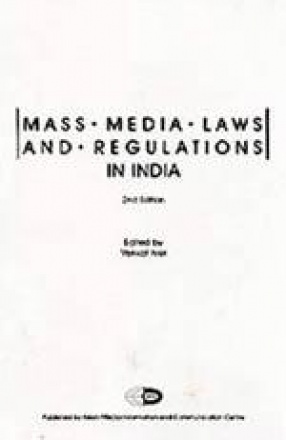
The Asian Media Information and Communication Centre, or AMIC, is a major resource centre for communication practitioners with interests in the Asia-Pacific. Based in Singapore, the Centre has a network of country representatives throughout the region. The Centre was established as a non-profit, nongovernmental organization in 1971 with the support of the Federal Republic of Germany. AMIC is a registered charity in Singapore. The aim of the Centre is to promote ...

For most historians, whether Western or Indians, India`s greatness - if there is a Greatness at all - lies in its past, in the golden period of pre-Muslim conquests. But even that greatness, they often limit to a cultural one, or else a spiritual grandeur. There also have been throughout the centuries, conscious attempts, particularly some Christian missionaries, and later by a few of India`s own westernised elite, at propagating false theories on India`s ...
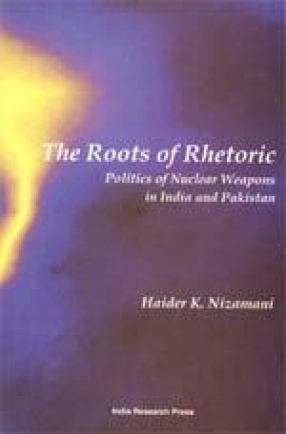
This book is highly recommendable for approaching Indian and Pakistani nuclear history in a comparative framework, which though not singular, enhances the wealth of literature from a regional perspective. Nizamani's assumptions are fresh. His approach is unique because it break free of the confines of established theoretical models (Kenneth Waltz, Barry Buzan, K. J. Holsti) upon which majority western attitudes toward third world security issues are predicated. ...

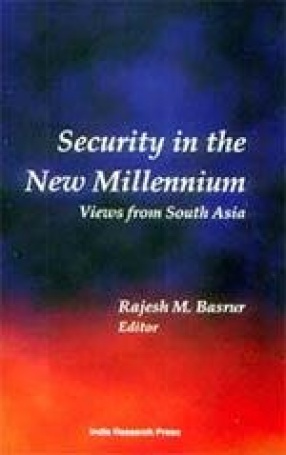
In the new millennium, there is a growing realization that the concept of security can no longer be confined to the narrow landscape of the military-strategic concerns of the state. The focus is increasingly shifting to ‘human security’, which centers on ordinary people and their security needs. This conception encompasses a broad and comprehensive realm that includes military as well as economic, political, environmental and cultural security. In the age of ...

The book talks about Dominant Classes Coalitions: The Argument and Its Historical Contexts, “Communalism†and Coalitions of Dominant Classes, Punjab and Bengal, Democracy in India, Pakistan and Bangladesh and Does Parliamentary Democracy Matters?

Through the 1223 documents, put together in this compendium, an effort has been made to let the facts speak for themselves. They represent the hopes and aspirations, successes and failures, expectations and disappointments, contradiction in action and dichotomy in thought of the people called upon by history to swim together but who condemned themselves to a collision course. The documents have been arranged thematically and chronologically in nine sections so ...
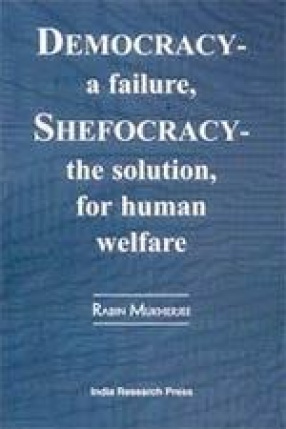
Nominated for Nobel Peace Prize for the year 2001, the book "Democracy-a-failure, Shefocracy-the solution for human welfare" by Dr. Rabin Mukherjee, will revolutionize human thoughts of all countries now and for future centuries. Rabin N. Mukherjee argues that democracy, the accepted form of governance in most countries, has failed. Mukherjee’s argument cites the widespread disenchantment with party politics, political corruption, and governmental ...

The 1947 partition remains the defining moment in the modern history of the Indian subcontinent. Contemporary communal and national stereotypes draw sustenance from the climacteric events which accompanied the British decision to divide and quit. Partition permanently altered the demographics, socioeconomic and cultural landscapes of such major cities as Karachi, Lahore, Delhi and Calcutta. Their huge refugee populations have also profoundly impacted upon these ...
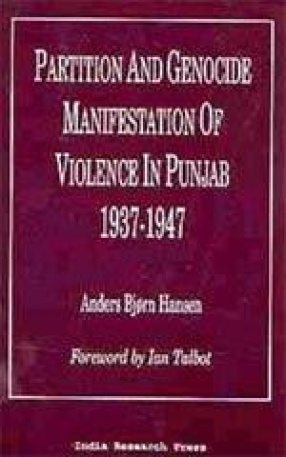
The Partition of Punjab in 1947 constituted a humanitarian catastrophe with an estimated death toll of ? a million people. This book is a study of the changing nature of violence in the period 1937-47 wherein the traditional forms of violence gave way to genocidal massacres. It looks at the actual incidents of violence and the role of political power struggle in altering the manifestation of violence. The unprecedented violence was not a sudden wave of anger and ...
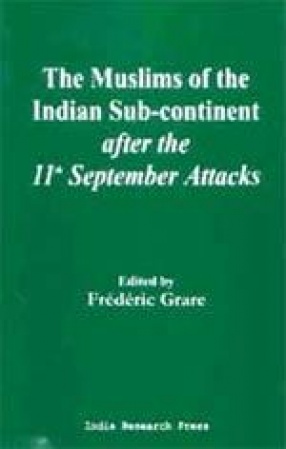
The aggression against America evoked a special kind of response in the Indian subcontinent whose fragile geopolitical balance has been put to the test. The American action of putting anti-Pakistani elements at the head of government in Afghanistan, has also affected Islamabad’s policy towards India…. A chain reaction which, from terrorist attacks to retaliatory measures, has led India and Pakistan to the brink of a confrontation. These attacks were ...

This two volume set deals with the problems of the small entrepreneur and the impact of information and communication technology on all facets of life.
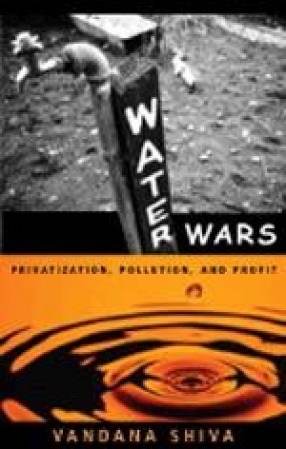
While draught and desertification are intensifying around the world, corporations are aggressively converting free-flowing water into bottled profits. The water wars of the twenty-first century may match – or even surpass – the oil wars of the twentieth. In Water Wars: Privatization, Pollution and Profit….Vandana Shiva, “the world’s most prominent radical scientist†( the Guardian) , shines a light on activists who are fighting corporate maneuvers to ...
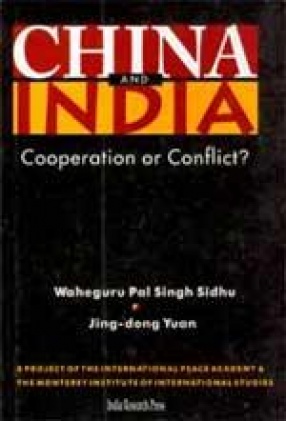
The hard-line view of Sino-Indian relations found in the published reports of Indian and Chinese security analysts is often at considerable odds with the more tempered opinions those same analysts express in private interviews and conversations. What is the reality of the increasingly important security relationship between the two countries? The authors of this new study address that question in depth. Sidhu and Yuan explore a range of key issues, including ...

The Punjab paradox remains one of the greatest puzzles intriguing social scientists and academics. The mere mention of Punjab conjures images of agricultural buoyancy manifest in acreages of lush green cultivated fields and tubewells spouting water. Other indicators of economic prosperity large-scale industrial conglomerates do not evince a similar visibility. Agricultural statistics soar yet industrial statistics are dismal in comparison to other states. This ...

